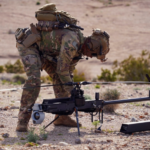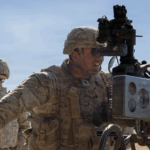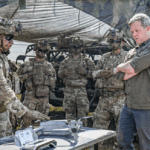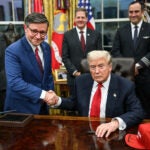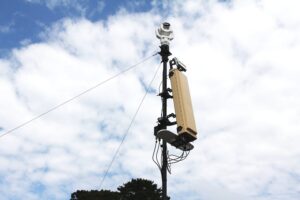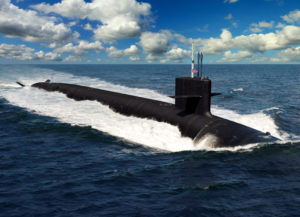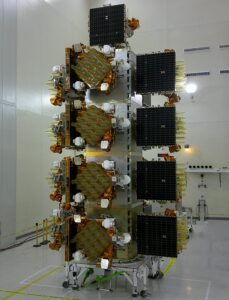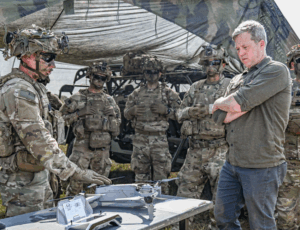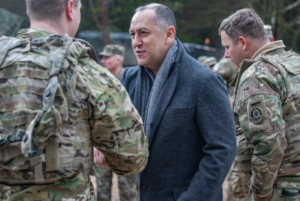
The Army’s no. 2 civilian said Friday a proposal from the House Armed Services Committee to establish a Drone Corps within the service “could take away some focus” and might be counterproductive to moving out on new UAS and counter-drone initiatives. “[The proposal] is animated, I think, by a recognition that this is a very real threat. It is a problem that the department and the Army, in particular, have to confront. And we…share that urgency and we definitely share…

 By
By 